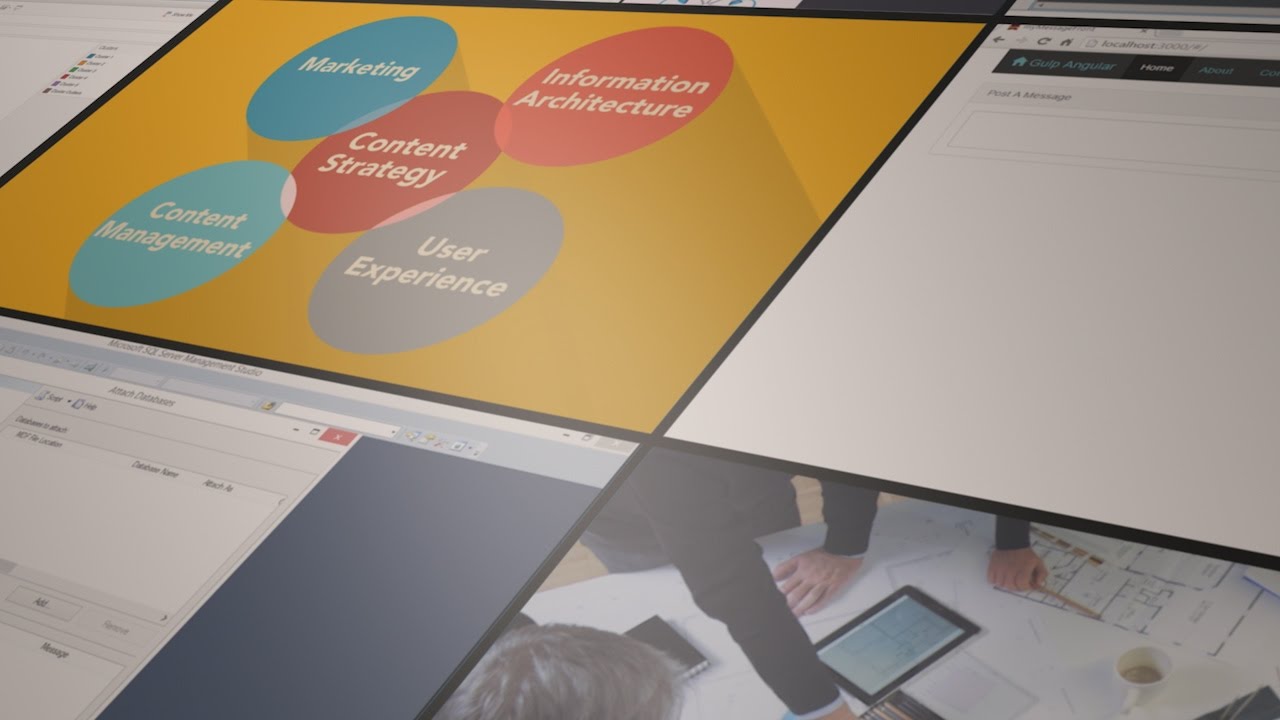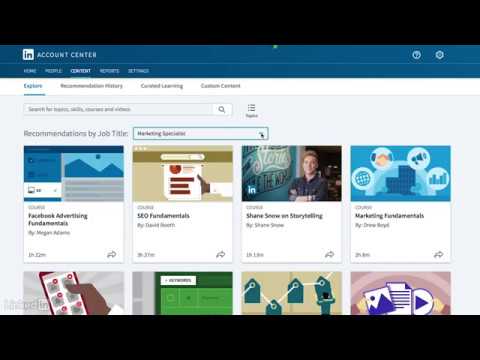LinkedIn Learning and How is helping your business
LinkedIn Learning was launched in 2016 in San Francisco, about a year and a half after LinkedIn acquired online learning site Lynda.com for $1.5 billion. A large part of LinkedIn Learning is based on Lynda content, and went live, accordingly to Tech Crunch, with around 9,000 courses on offer. Subjects taught through the service include business, technology and creative topics, with courses running from programming skills to writing and accounting.
“With more than 450 million member profiles and billions of engagements, we have a unique view of how jobs, industries, organizations and skills evolve over time. From this, we can identify the skills you need and deliver expert-led courses to help you obtain those skills. We’re taking the guesswork out of learning. The pressure on individuals and organizations to adapt to change has never been greater. The skills that got you to where you are today are not the skills to prepare you for tomorrow. In fact, the shelf-life of skills is less than five years, and many of today’s fastest growing job categories didn’t even exist five years ago,”declared LinkedIn representatives at the time of the launch.
Managers can customize multi-course “learning paths” for employees, and examine analytics to measure employee progress. The courses (divided into business, technology and creative categories) are available free with a LinkedIn Premium subscription for individuals and there is also an enterprise version. The platform offers solutions for business, higher education, government agencies and libraries.
And, as techrepublic.com is pointing out, LinkedIn Learning differs from other online training options because managers can customize multi-course “learning paths” for employees, and examine analytics to measure employee progress.
Moreover, the platform has a blog attached to it that will offer you even more pieces of information and interesting articles.
According to “Learning at the Speed of Business”, McKinsey & Company, May 2016, How the Digital Skills Gap is Killing Productivity IBM, quoted by LinkedIn, organizations that embrace a culture of learning can boost employee productivity by up to 50%.


